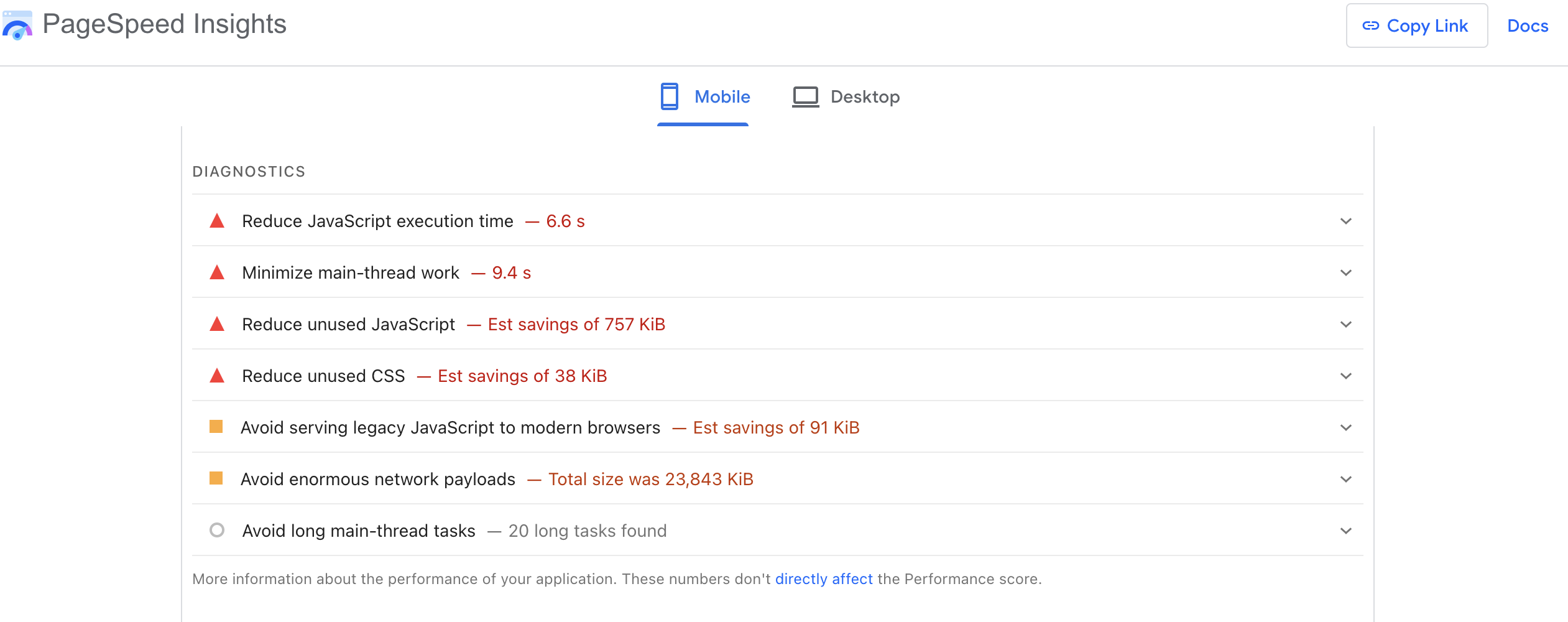The Real Risks of Technical Debt: How to Build a Future-Ready Store
In ecommerce, technical debt isn’t always obvious. It doesn’t appear on your balance sheet or in a quick analytics report. But for many stores, it’s quietly slowing down development, inflating costs, and frustrating teams. As an ecommerce professional, you’re often tasked with juggling multiple priorities: growth initiatives, campaign launches, and operational efficiency. Technical debt can feel like an abstract problem that’s easier to ignore in favor of more immediate wins. But left unchecked, these band-aids can grow into a costly obstacle that affects your ability to adapt, scale, and convert.
What Is Technical Debt in Ecommerce?
At its core, technical debt is the cost of quick, short-term decisions made in code, design, or platform structure that create future inefficiencies. Think of it like taking out a loan: you get what you need faster, but you’ll pay interest in the form of slower builds, fragile features, and ongoing maintenance. In ecommerce, this often happens when stores layer on too many apps, heavily customize themes without a roadmap, or patch bugs instead of addressing root causes.
For example, one apparel brand we worked with had relied on multiple third-party apps to manage discounts, bundles, and subscriptions. Over time, these apps conflicted with each other, slowed down their site, and created duplicate data that broke their reporting. Fixing the mess required a full ecommerce analysis and rebuilding parts of the site from scratch. What began as a series of quick fixes turned into months of cleanup. This is classic technical debt.
How to Spot Technical Debt
The signs of technical debt are often subtle until they’re not. One key indicator is when small updates take longer than they should. If adding a new banner, updating a checkout flow, or adjusting a PDP layout requires excessive developer time, it’s worth asking whether your theme or codebase has become too brittle.
Site speed is another red flag. If your Shopify performance score is dropping or you’re seeing higher bounce rates on mobile, bloated code and conflicting scripts may be to blame. Tools like Google PageSpeed Insights or SpeedCurve can help diagnose these issues. At Command C, we run these audits alongside a tech stack review to see which apps or scripts are causing unnecessary drag.
Your team’s workflow is also a clue. If marketing and merchandising teams constantly hit roadblocks or rely on developers for simple content changes, that’s a sign your site isn’t set up for operational efficiency. Modern Shopify 2.0 themes, for instance, are designed to give teams flexibility with modular content sections and app blocks. If your team doesn’t have that control, you’re likely carrying debt from an older or overly customized setup.
The Risks of Ignoring Technical Debt
Technical debt might seem manageable…until it isn’t. The longer you delay addressing it, the more expensive and time-consuming it becomes. We’ve seen ecommerce stores lose critical sales windows because a planned campaign couldn’t launch on time due to fragile code or unexpected bugs. In some cases, ongoing technical debt leads to broken customer experiences (slow load times, malfunctioning checkout processes, or errors on high-traffic pages) that directly hurt revenue.
There’s also the hidden cost of team morale. When internal teams feel slowed down by technology, frustration builds. Instead of focusing on creative campaigns or strategic initiatives, energy gets diverted to troubleshooting and firefighting. Over time, this can erode both productivity and trust in your tech stack. The team can lose confidence, and then growth stalls.
Managing and Reducing Technical Debt
The first step is acknowledging that some level of technical debt is inevitable. Every store accumulates it over time, it’s a natural byproduct of growth and experimentation. The key is to actively manage it, rather than letting it compound. Start by conducting a technical audit to identify areas of inefficiency. At Command C, we review code cleanliness, app usage, and platform fit to pinpoint where performance or maintainability is suffering.
Prioritize fixes based on business impact. For example, cleaning up a sluggish checkout process may have a direct ROI by improving conversion rates, whereas optimizing a low-traffic page can wait. Consolidating apps is often one of the fastest wins. Many Shopify 2.0 features, like native metafields, bundles, or dynamic content blocks, can replace apps that previously added weight and complexity.
Another strategy is setting up regular maintenance cycles. Instead of waiting for major problems to surface, schedule quarterly or biannual reviews of your site’s codebase, speed, and functionality. This approach turns technical debt from a looming crisis into a manageable part of your operational plan.
Using AI to Monitor and Plan
AI can play a useful role in spotting patterns that suggest technical debt. For instance, you can ask ChatGPT:
“Analyze this list of Shopify apps, site speed metrics, and error logs to suggest areas where technical debt is slowing performance.”
AI can also help create maintenance plans, generate checklists for code reviews, or summarize performance trends for non-technical stakeholders. Combined with your team’s expertise, this creates a proactive strategy for managing debt instead of reacting to it. With a stable foundation, dev becomes a growth engine rather than a bottleneck.
Final Thoughts
Technical debt isn’t a sign that something has gone wrong, it’s a sign that your store has grown and evolved. But ignoring it can quietly erode margins, conversion rates, and your team’s bandwidth. Ecommerce managers don’t need to become developers, but they do need to know how to recognize when the cost of debt is too high and how to prioritize fixes that will create long-term stability.
We help ecommerce teams untangle the complexities of technical debt, turning frustration into clarity and confidence. If you suspect your site is weighed down by hidden inefficiencies, we can help you create a roadmap to clean it up and build a more resilient, high-performing store. Check out our Stability-to-Scale Process and if that resonates then connect with us.

